I’ve worked for several years on the Blake Chesters thesis, steadily building up a picture of the place to strengthen the evidence for a Roman fort in North Shields. The paper has just been released in its 3rd iteration and it was to my surprise and delight that over a week ago I received an email with the following revelation from a man who lived in the area in the 1980s:
“Hello, I downloaded the pdf on Blake chesters as I am very keen on local history. When I seen the location of Alexander Scott park, the hairs on my neck stood up. This is why;
In the early 1980s, me and a friend were mucking about in the school yard of st Cuthbert primary school, it was on a weekend or during a holiday as the school was shut and we had climbed a wall, there was some sort of work being done at the back of the yard but everyone had downed tools so we made a little playground amongst the cones etc.
We scratched around in a small hole that had been dug and I kid you not there was a mosaic tiled floor, we were around waist height so summising maybe 2 or 3 feet. It was white and very faded blue. The hole Was around 3 feet wide but the floor spanned the full width and continued underground. We covered it back up incase we got into trouble and continued playing in blissful ignorance.
It is something that really imprinted on me and I have talked to a few people in adulthood about it as well as boring my wife and kids with the story every time that we drive past it. I have attached a pic for reference. n
It was certainly something out of the ordinary. I am now certain in my head that this is of significance.”
This was accompanied by the following screenshot (cropped for clarity):
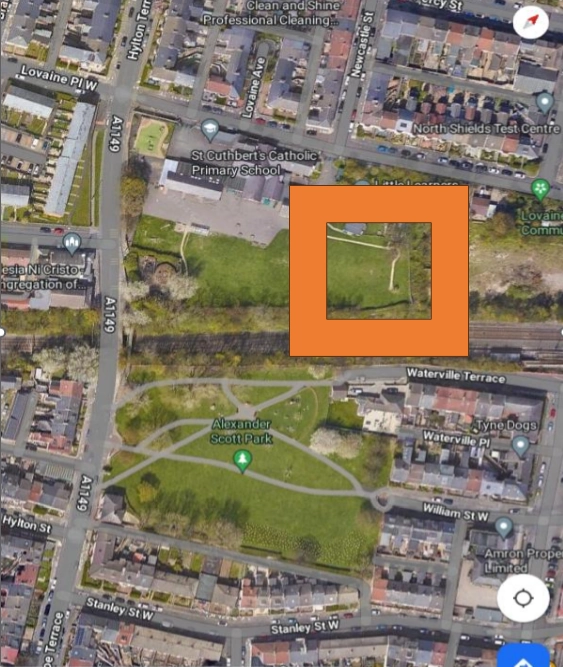
Unusually lost for words, all I can say about this is: if the tiles are more than a few inches wide, they’re likely Victorian. If they are much smaller squares than that, then they could be Roman. I have contacted the school but have received no reply so far.
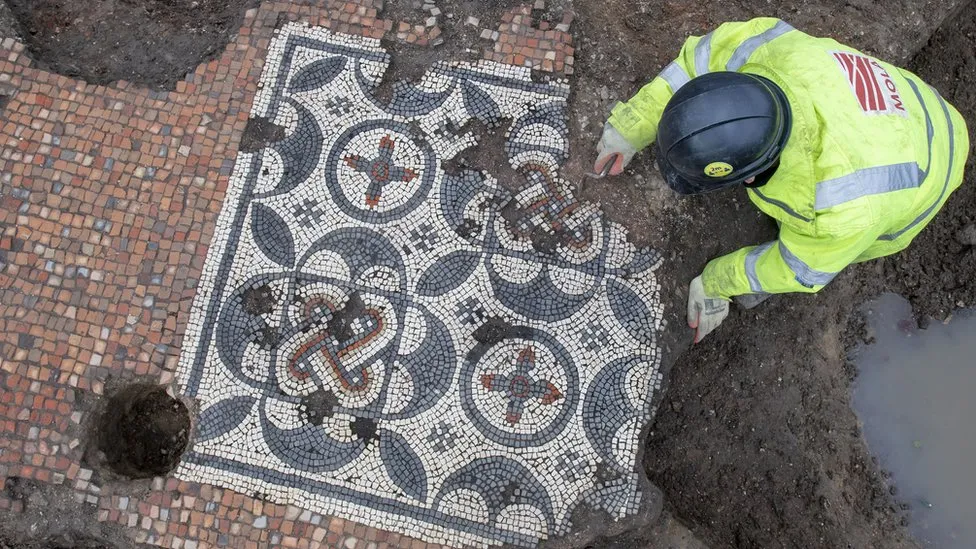
A further email was sent from this gentleman in reply to mine, but then the communication dropped after I asked for his number (if you’re reading this mate, please get in touch). He stated that he wished his name to be withheld.
“Hi, it is amazing, like I said the hairs on my neck stood up, […] I don’t think I emphasised enough how grand the mosaic detail was, it’s probably because we were small kids but it has never left me.
I have met one other person in the past who experienced something similair, I believe he experienced the same thing around the 1970s and he said he knew what I was talking about as he seen something similair at the back of the yard during metro line work.
I know the guy is called […] and lives close to the school […] I know a relative of his and will try and contact him for you. It’s basically the same story but 10 years before mine.
I am really excited!!!”
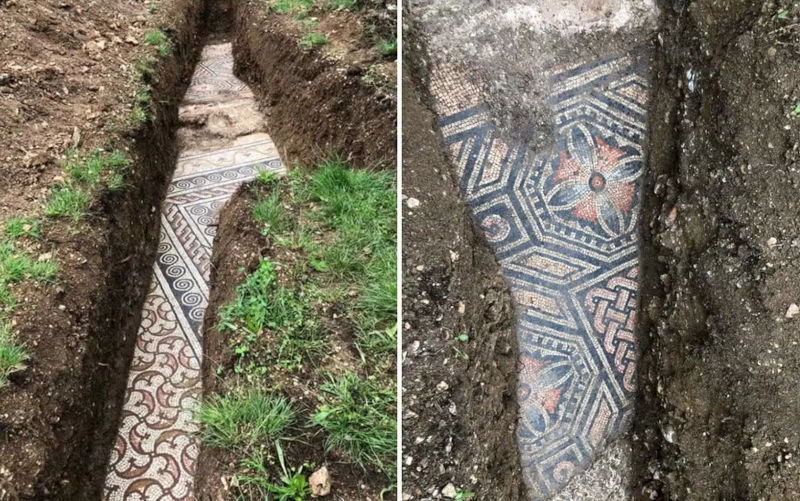
Strangely, I had a vaguely similar experience at primary school in Cullercoats at the age of 5 in 1984 at St Mary’s at the top of Farringdon Road, which has been speculated to be a Romano-British farmstead and was excavated by Tynemouth archaeologist, George Jobey, in the 1960s before the church and school were built. It’s a coincidence that the two speculated Roman sites in the area are under two Roman Catholic primary schools. I remember being briefly obsessed with digging in the patch of grass at the bottom of the infant school yard and finding many shards of terracotta as well as some 20th century coins. There have been several Roman finds in people’s gardens in the Marden area. But now I digress…
You can draw your own conclusions from the correspondence above, but there’s only one way to find out if there really is a tiled floor down there.
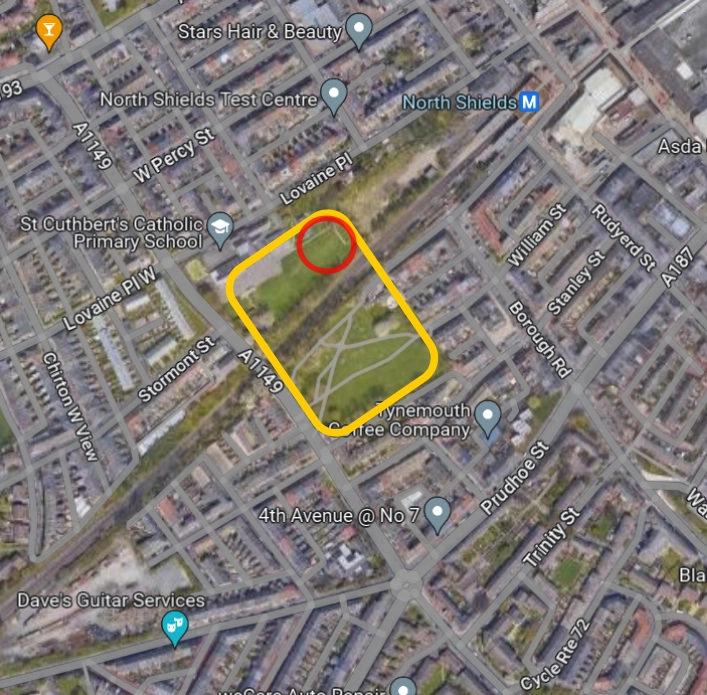
UPDATE: Since writing this it appears that from looking at OS maps from the late 19th century, the area in question was occupied by a building called Field House. The tiled floor may therefore be from a porch, pantry or other such room of that house.
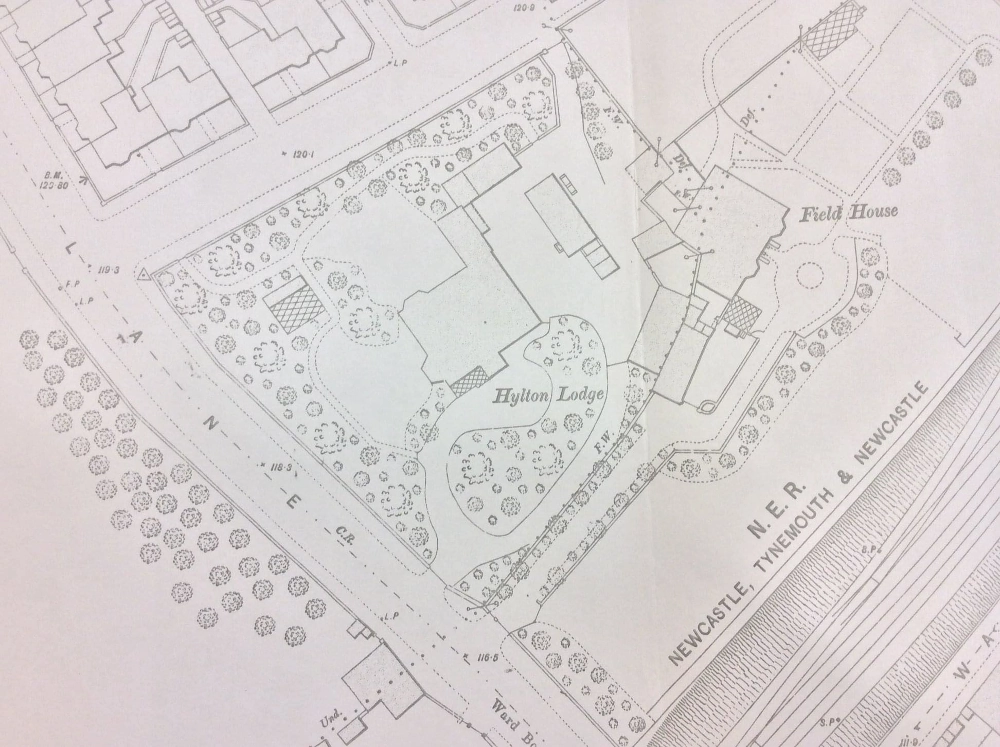
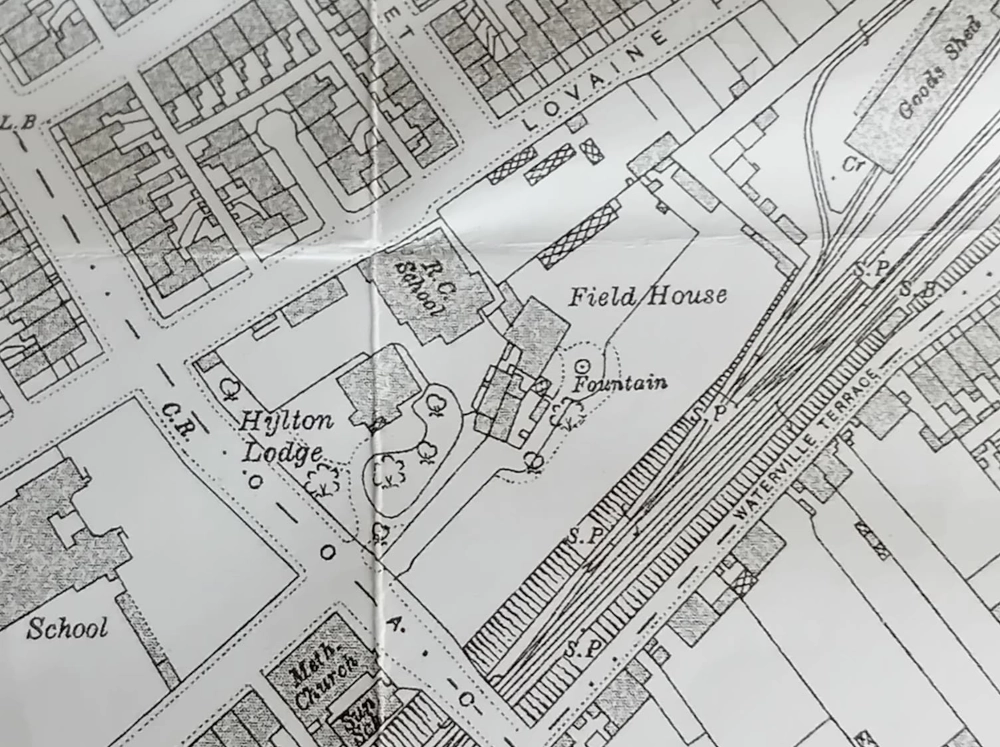


I am a member of the North Shields Nostalgia fb page.
A major contributor to that (Paul Fitton) had published an article identifying a Roman Villa being situated at the end of Solway Avenue, a really interesting piece as I lived in Penrith Avenue for many years.
Now that’s something – I was rather hoping that the fortlet might be in Camp Terrace – for purely selfish reasons. Happy to help with any test-pitting and was formerly a full-time contract archaeologist.